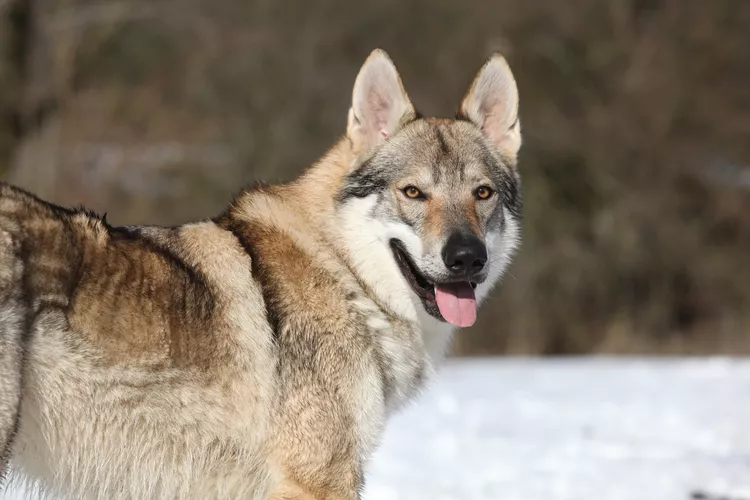
The Czechoslovakian vlcak, also known as the Czechoslovakian wolfdog, is a large working dog breed originally bred for border patrol in Czechoslovakia in the 1950s. As the name suggests, the Czechoslovakian wolfdog resembles a wolf in body shape, movement, coat texture, coat color, and facial markings. These dogs make great working dogs and are used for jobs including search and rescue, herding, dog sports, tracking, and more.
Learn more about the history, care needs, and characteristics of the Czechoslovakian vlcak.
GROUP: Working
HEIGHT: At least 23.5 inches if female and 25.5 inches tall, measured at the shoulder
WEIGHT: At least 44 pounds if female and 57 pounds if male
COAT: Straight and close double coat
COAT COLOR: Yellowish-gray to silver-gray with a light mask on the face
LIFE SPAN: 12 to 16 years
TEMPERAMENT: Fearless, lively, quick, sociable, active, courageous
HYPOALLERGENIC: No
ORIGIN: Czechoslovakia
Because they were originally bred to patrol the border in Czechoslovakia, the Czechoslovakian wolfdog is inherently suspicious of strangers. Without proper socialization, this innate wariness can go into overdrive. Although the breed can bark, many of the dogs are very quiet. They are, however, very loyal to their families and those in their inner circle.
The Czechoslovakian wolfdog breed was the byproduct of an experiment. From 1955 to 1965, in what was then the Czechoslovak Socialist Republic, a man named Karel Hartl sought to breed wolves and German shepherd dogs for the border guard. Using German shepherds and Carpathian wolves, Hartl meticulously planned breedings.
After each first wolf and dog breeding, subsequent breedings of the resulting puppies were between hybrids and dogs only—no more wolf blood was introduced. The resulting progeny were studied to examine the hybrid dogs’ physical and temperament traits, including tenacity, capacity for training, stamina, and more. Dogs that were three and four generations removed from the initial wolf and dog breedings (called F3 and F4, respectively) were used as army service dogs.
Once the experiment ended, other breeders got their hands on the hybrid dogs and further refined them to solidify desirable traits, using a few more wolves along the way. In 1982, the Czechoslovakian wolfdog received official recognition from the Club of Breeders, with 43 puppies entered in the main Pedigree Register in Prague that year. Since 1983, no wolves have been used in Czechoslovakian wolfdog breedings.
In 2001, the Czechoslovakian vlcak was recorded in the American Kennel Club (AKC) Foundation Stock Service. The breed will be assigned to the Working Group when it achieves full recognition. In 2006, the breed was fully recognized by the United Kennel Club (UKC).
The Czechoslovakian wolfdog is beautiful, loyal, and hardworking, but it's also independent, dominant, and has high energy. In the right hands, the Czechoslovakian wolfdog will shine. Due to its nature as a primitive breed and its high needs, this wolfdog is best cared for by a very experienced owner. The dog only requires somewhat basic grooming.
Czechoslovakian wolfdogs require copious amounts of daily exercise and ample mental stimulation. You will need to give your dog at least two hours of exercise a day, including walks and playtime, to help it thrive. If you are an avid hiker or runner, this breed can make an excellent companion. They are great working dogs and can also excel in competitive dog sports.
The Czechoslovakian wolfdog’s coat is easy to care for. It’s naturally weather-resistant, has very little doggie odor, and dirt brushes right out. Although this breed sheds heavily year-round, it will experience dramatic shedding twice a year (known as “dropping coat” or “blowing coat”).
The double coat looks dramatically different according to the season. In winter, the undercoat becomes extremely thick and immense, and, in summer, the undercoat is sparse. Regardless of the season, frequent brushing can help manage shedding hair.
Other than brushing, occasional baths and weekly nail trimming keep the Czechoslovakian wolfdog looking beautiful. Do a weekly peek inside the ears to clean them out. Use a pet-safe ear cleaner when necessary. It is also good to pay attention to dental hygiene and brush your dog's teeth two to three times per week.
Czechoslovakian wolfdogs are extremely intelligent and capable of learning almost anything, but unlike many breeds, they are not push-button dogs that will simply do what you want them to. Training methods must be tailored to the breed’s primitive and independent nature. Positive, reward-based methods can be successful, but avoid too much repetition, which will become boring to the Czechoslovakian wolfdog.
In general, this is a healthy and robust breed. However, the Czechoslovakian Vlcak Club of America, the parent club for the breed in the United States, recommends that all Czechoslovakian wolfdogs have certain health testing performed prior to breeding, which includes screenings for the following:
The dogs should also receive eye certification exams via the OFA Companion Animal Eye Registry (CAER, previously called “CERF” exams).
Highly active and athletic, many Czechoslovakian wolfdogs expend a lot of energy. Working dogs and canine athletes require high-quality, calorie-dense performance diets. If you’re not sure what or how much to feed, ask your breeder or veterinarian for a recommendation.
That said, Czechoslovakian wolfdogs are meant to be lean, so be sure not to overfeed, especially for less-active dogs.
Feeding measured meals twice a day rather than free feeding (leaving food out all day) will help to avoid too much weight gain. Excess weight can contribute to health problems like hip dysplasia and diabetes.
If you have your heart set on a Czechoslovakian wolfdog puppy, be prepared to wait. According to the Czechoslovakian Vlcak Club of America, there were only about 200 of the breed living in the U.S. as of 2018. Rarely, some adult Czechoslovakian wolfdogs might find their way into a rescue situation. The club maintains a list of recognized breeders as well as any adoptable dogs on its website. If you are able to find a breeder in the U.S. to work with, expect to pay between $2,000 up to $8,000 for a purebred puppy of this rarity.
Because Czechoslovakian wolfdogs were bred for a specific working purpose, they won't make the best companion dogs. They are not good for first-time dog owners, and if they live in a home environment, their owner needs to be committed to properly fulfilling the dog.
If you like the Czechoslovakian wolfdog, you might also like these breeds:
These dogs have a high prey drive (the instinct to chase and kill smaller animals), so they're not ideal for multi-pet households. This breed likely won't get along well with cats or other small pets.
Wolfdogs, or wolf hybrids, are controversial breeds because they may be considered dangerous dogs. About 40 states in the U.S. have banned the private ownership and breeding of wolf hybrids. Some other states have regulations that vary from county to county about wolfdogs and hybrids. Yet other states or counties require permits for private ownership.
A Czechoslovakian wolfdog can do well with gentle children in its own family when raised together and properly supervised, However, the breed is not known for being friendly with strange children.
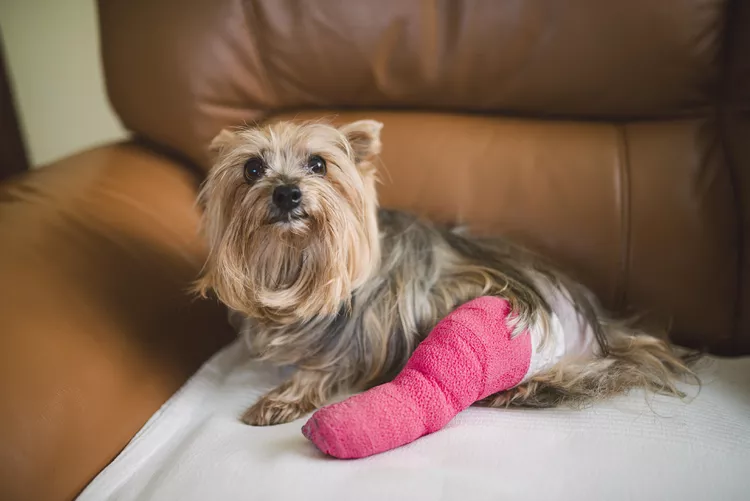
Common Injuries in Dogs and How to Treat Them
Learn about the most common injuries in dogs—whether in their legs, spine, tail, or eye—and how you should treat them with this helpful list.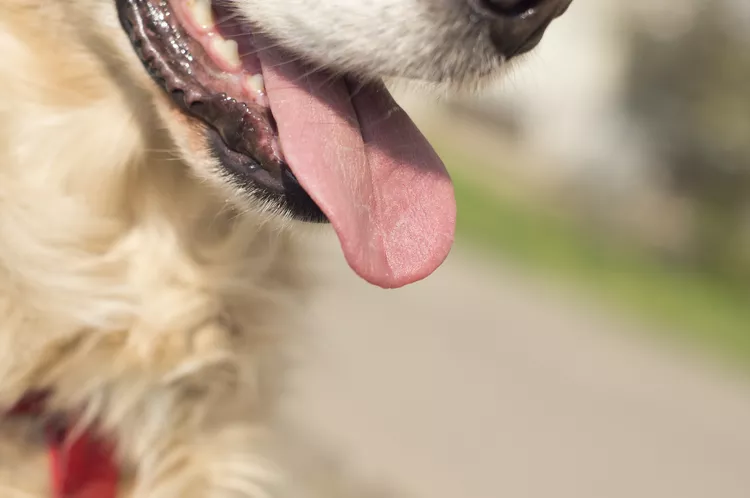
How to Calm a Panting Dog
Learn how to calm a dog’s breathing when they’re panting or breathing too fast. Dogs may breathe fast for several reasons. Know when to call the vet and how to determine if it’s an emergency.
Common Antibiotics for Dogs
Antibiotics are commonly used in dogs to treat a variety of infections. Learn about some common types of antibiotics for dogs, what conditions they treat, potential side effects, and safety information.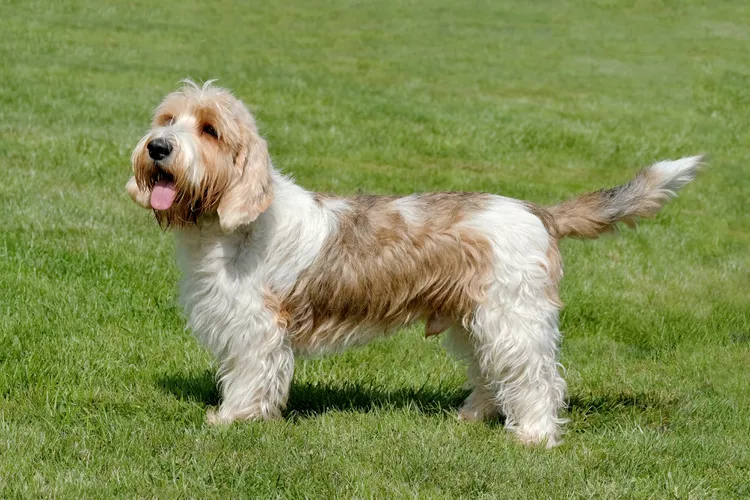
Petit Basset Griffon Vendéen: Dog Breed Characteristics & Care
The Petit Basset Griffon Vendéen, or PBGV for short, is a small, shaggy-coated scent hound from France. Known for their charming personality and cuddly appearance, Petit Basset Griffon Vendéens are outgoing, confident, and proud dogs.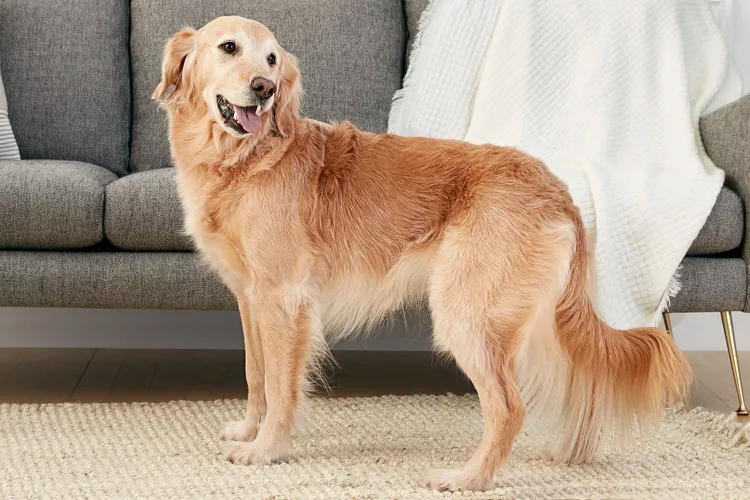
Golden Retriever: Dog Breed Characteristics & Care
Learn about the golden retriever, one of the most popular dog breeds in the world. It is known for its loyalty, enthusiasm, and sweet, bright eyes.
Becoming a Show Dog: Getting Started
Do you have the perfect puppy? Have you considered showing her in a dog show? There's much more to showing than showing up! Here's how to get started.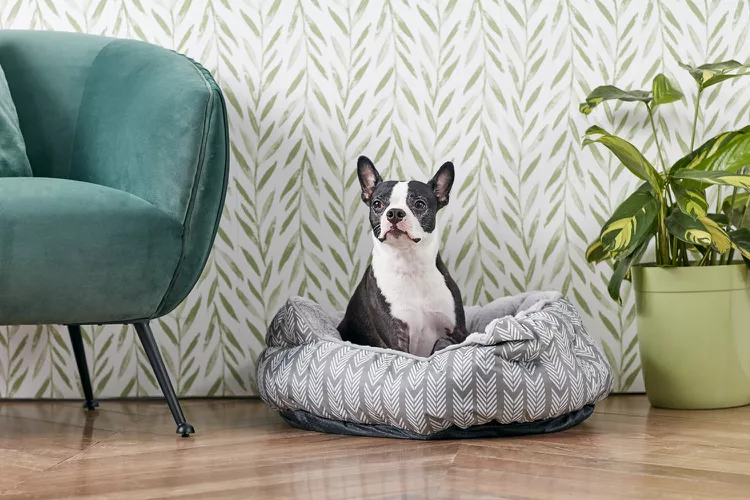
How to Train Your Dog to Go to Its Place
Training your dog to go to its bed or place is a great way to get it to settle down quickly. Learn how to get your dog to follow the place command.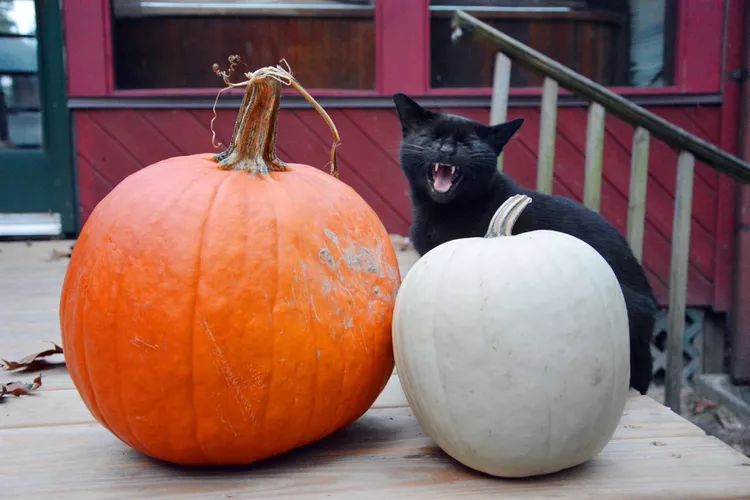
Myths and Superstitions About Black Cats
Black cats have played a major role in folklore, superstition, and mythology for centuries. Learn the origins behind these black cat stories.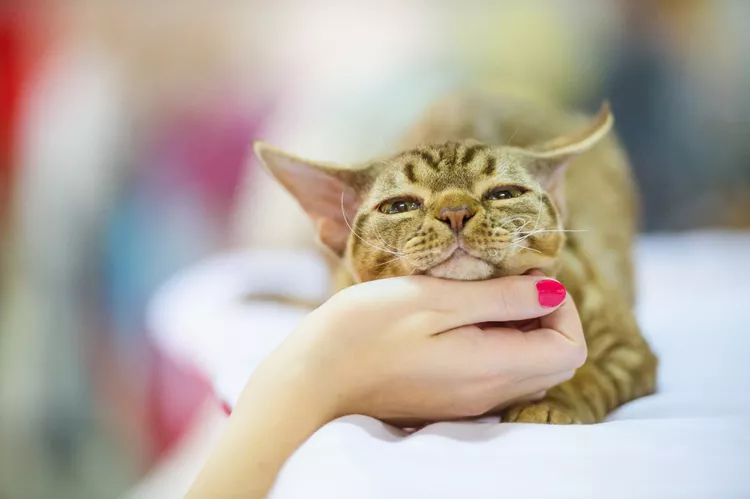
Devon Rex: Cat Breed Profile, Characteristics & Care
The Devon rex is a unique breed known for their unique appearance, including large ears, big eyes, and a short, wavy coat. They are active and friendly cats who make a great fit for most families. Learn more about the Devon rex cat breed.
Birman: Cat Breed Profile, Characteristics & Care
The Birman is a medium- to large-sized cat breed that has a stocky body and a quiet demeanor. Learn more about this kind-natured cat.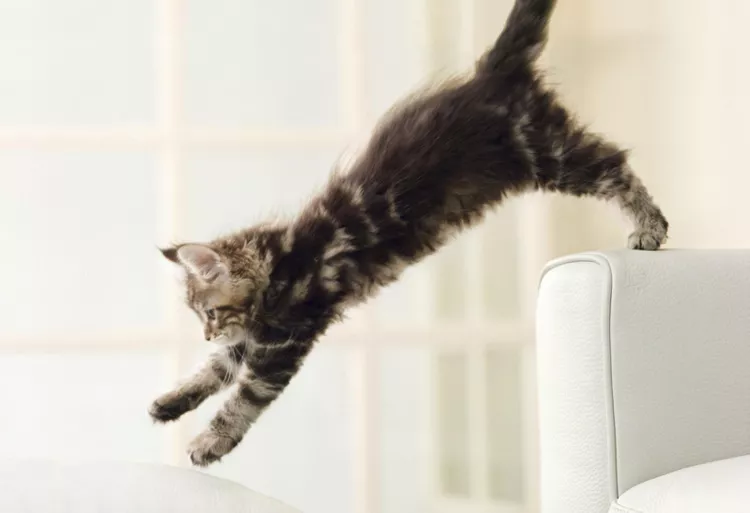
Reasons Why Your Cat Acts Crazy and How to Stop It
Cats do some strange things. Learn the reasons why your cat may run around acting crazy and find out if it's something you should be concerned about.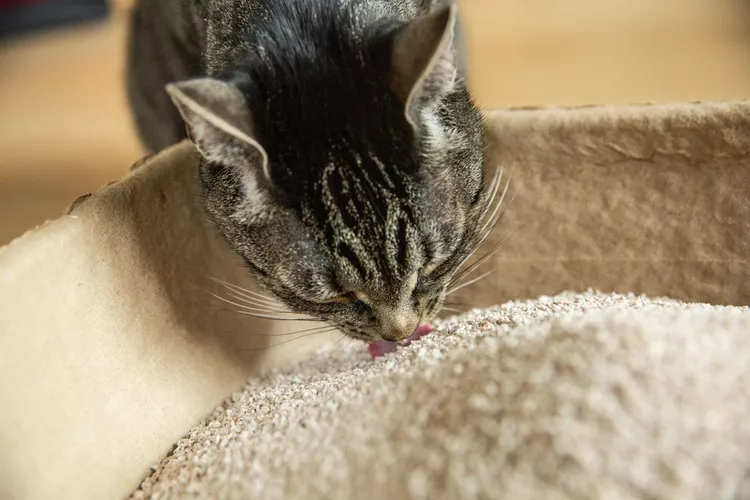
Why Cats Eat Litter and How to Stop It
Eating litter is not uncommon in kittens, but it may be a sign of health problems in adult cats.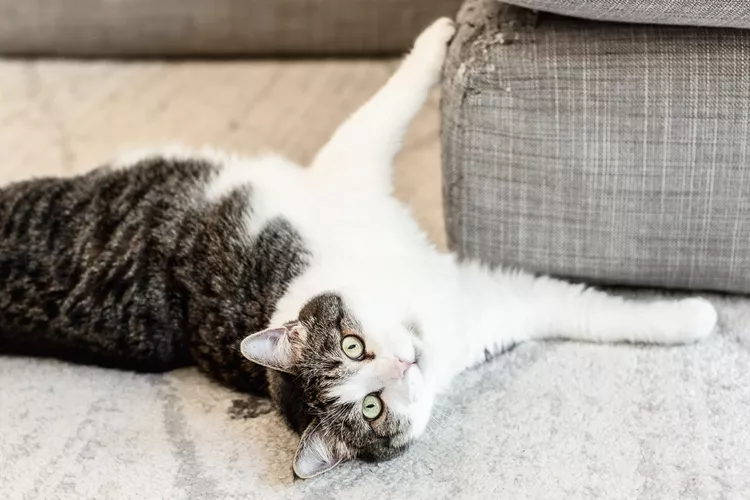
How to Discipline Your Cat the Right Way
Cats are mischievous but sometimes they also misbehave. Learn how to safely and effectively discipline a cat and positively change their behavior.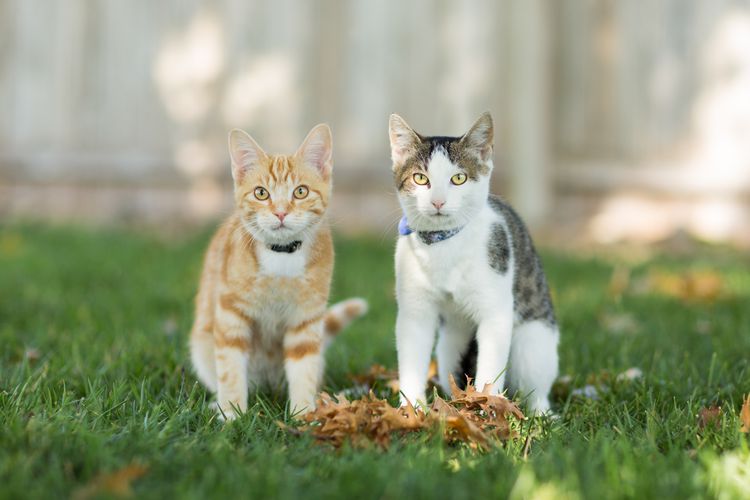
Ringworm in Cats
Ringworm in cats is a fungus similar to athlete's foot in humans. Learn the causes, treatment, and prevention.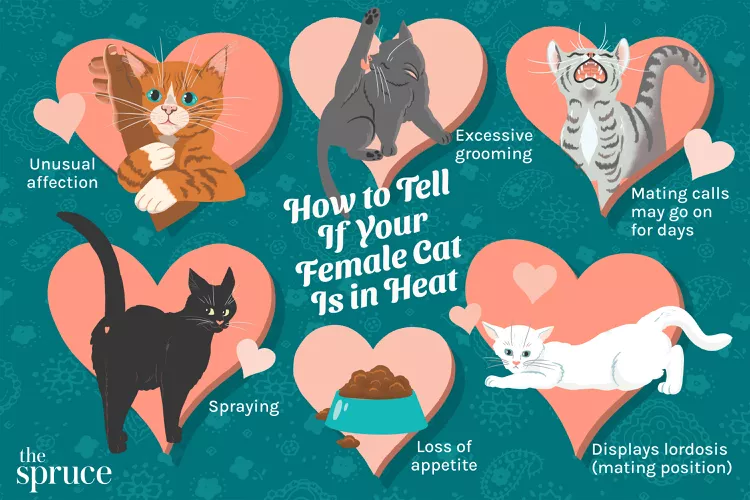
Signs of Heat in Cats
A cat in heat will show several physical and behavioral signs. Here's how to tell if your cat is in heat and how to care for her during this time. Learn the signs and how to prevent pregnancy, even if her cycle has begun.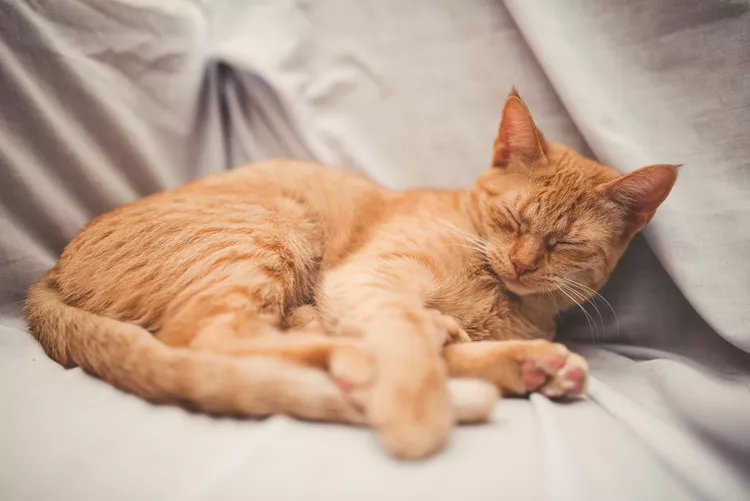
What to Do if Your Cat Is Snoring
Cat snoring can happen for several reasons. Find out if your cat's snoring is normal or caused by a medical issue. Know when to call the vet about your cat snoring.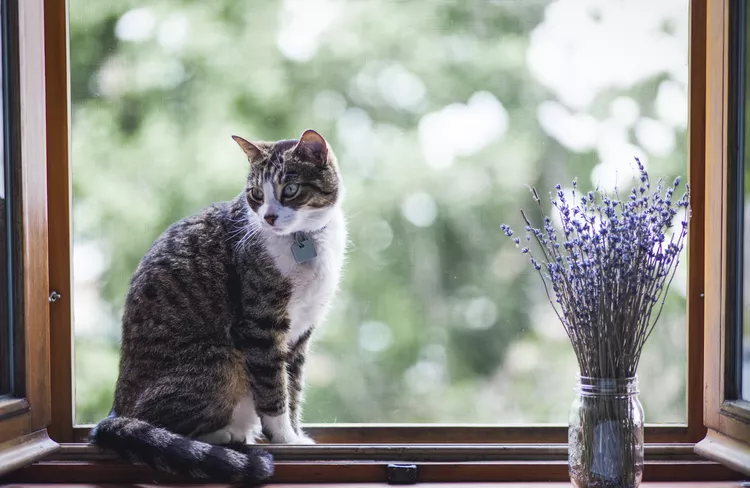
Is Lavender Safe for Cats?
Are cats safe around lavender? Find out how lavender affects cats and what to do if your cat is exposed to it.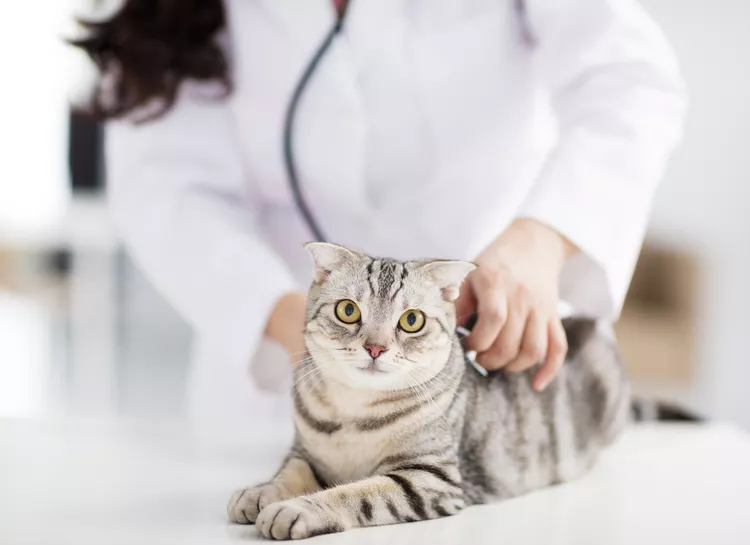
Hyperlipidemia in Cats
Hyperlipidemia is an abnormally high level of fat in a cat's bloodstream. Learn the causes, treatment, and prevention.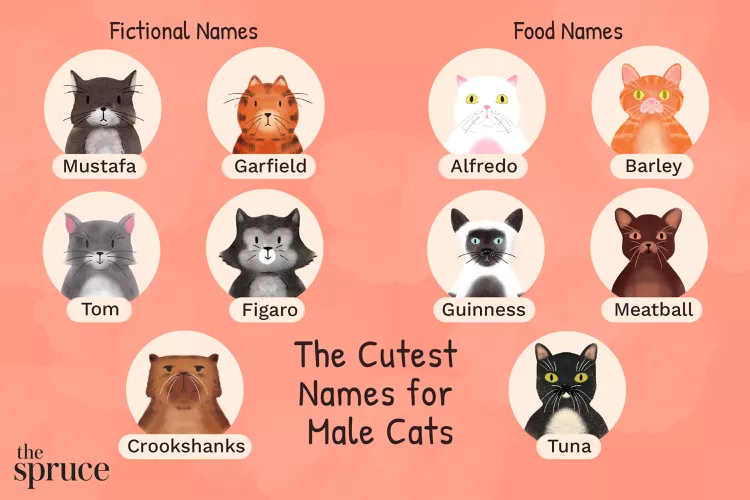
275 Best Male Cat Names for Your Handsome Kitty
There are plenty of male cat names to choose from if you’re looking to add a new tomcat to the family. Here are 275 of our favorite choices for male cat names.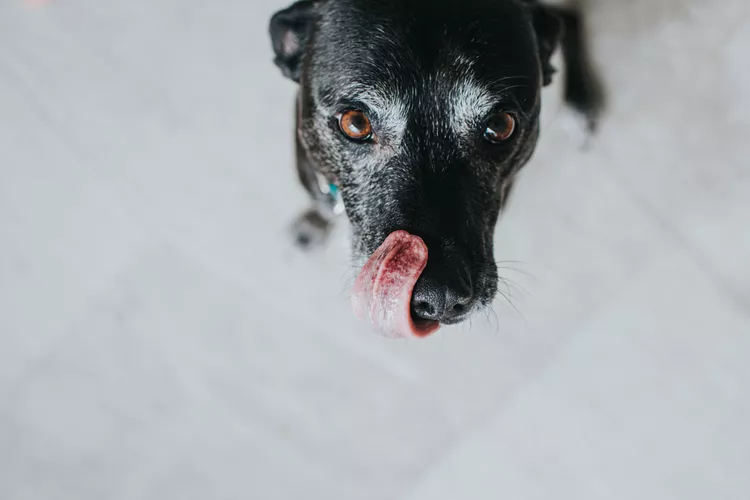
Can Dogs Eat Raw Chicken Feet?
What are the potential health benefits of chicken feet for dogs? What are the risks?